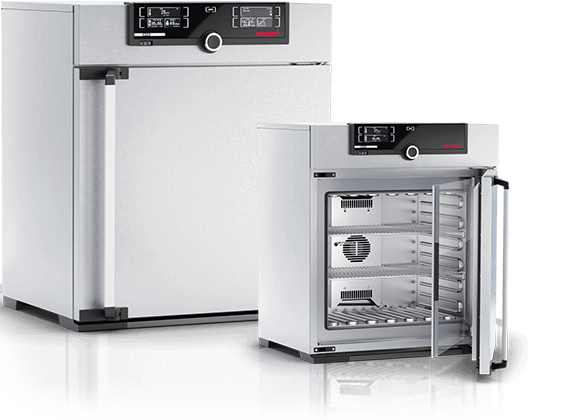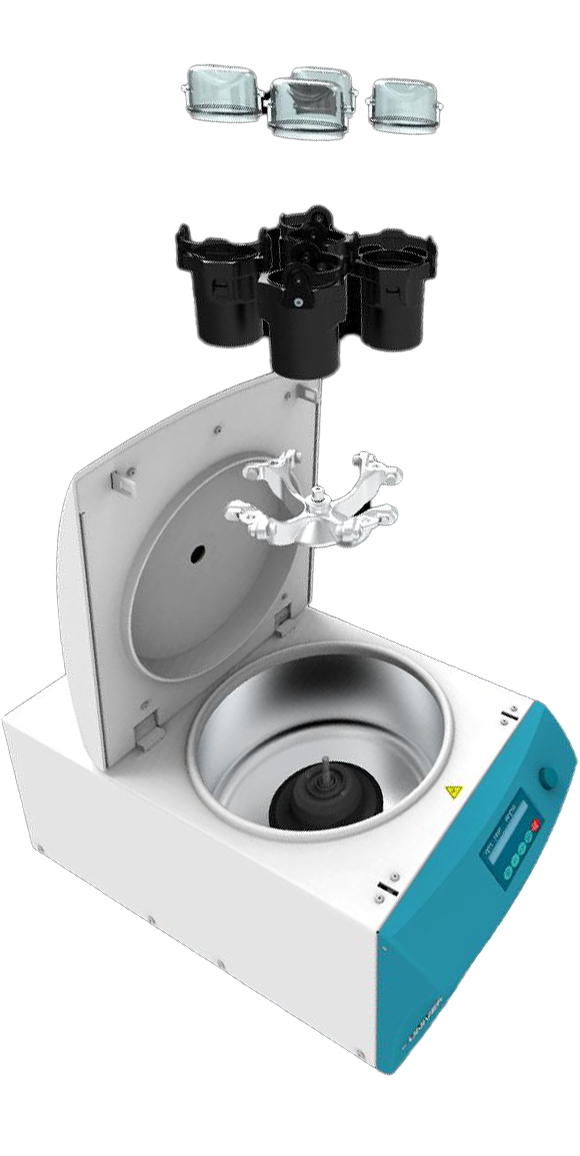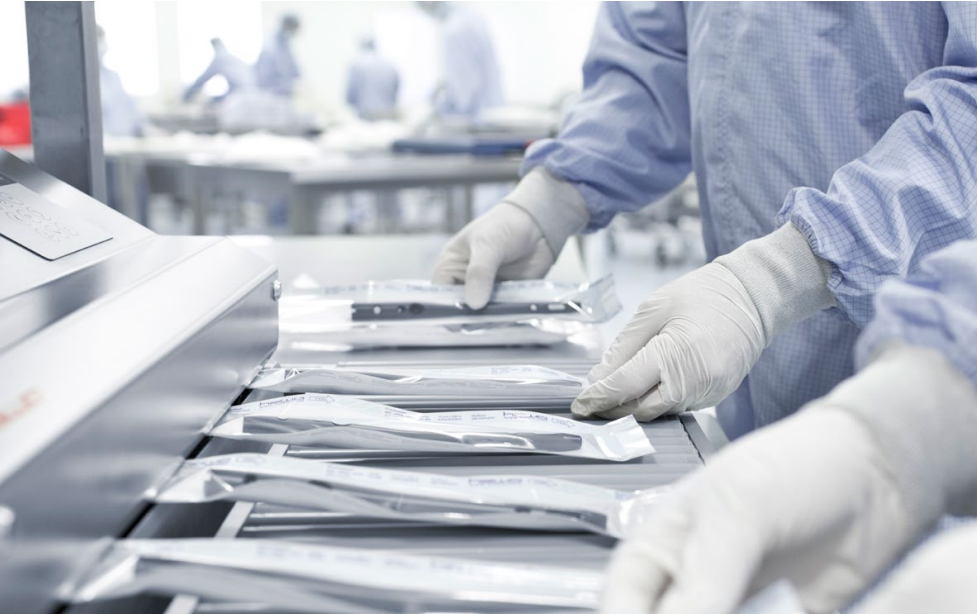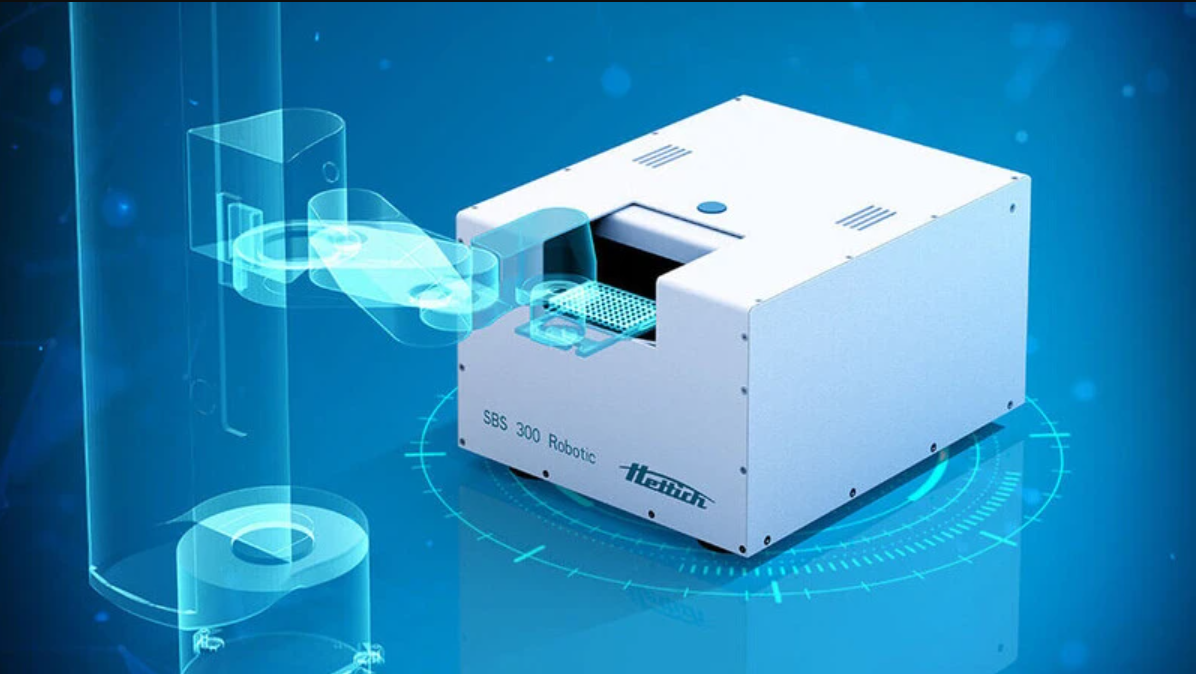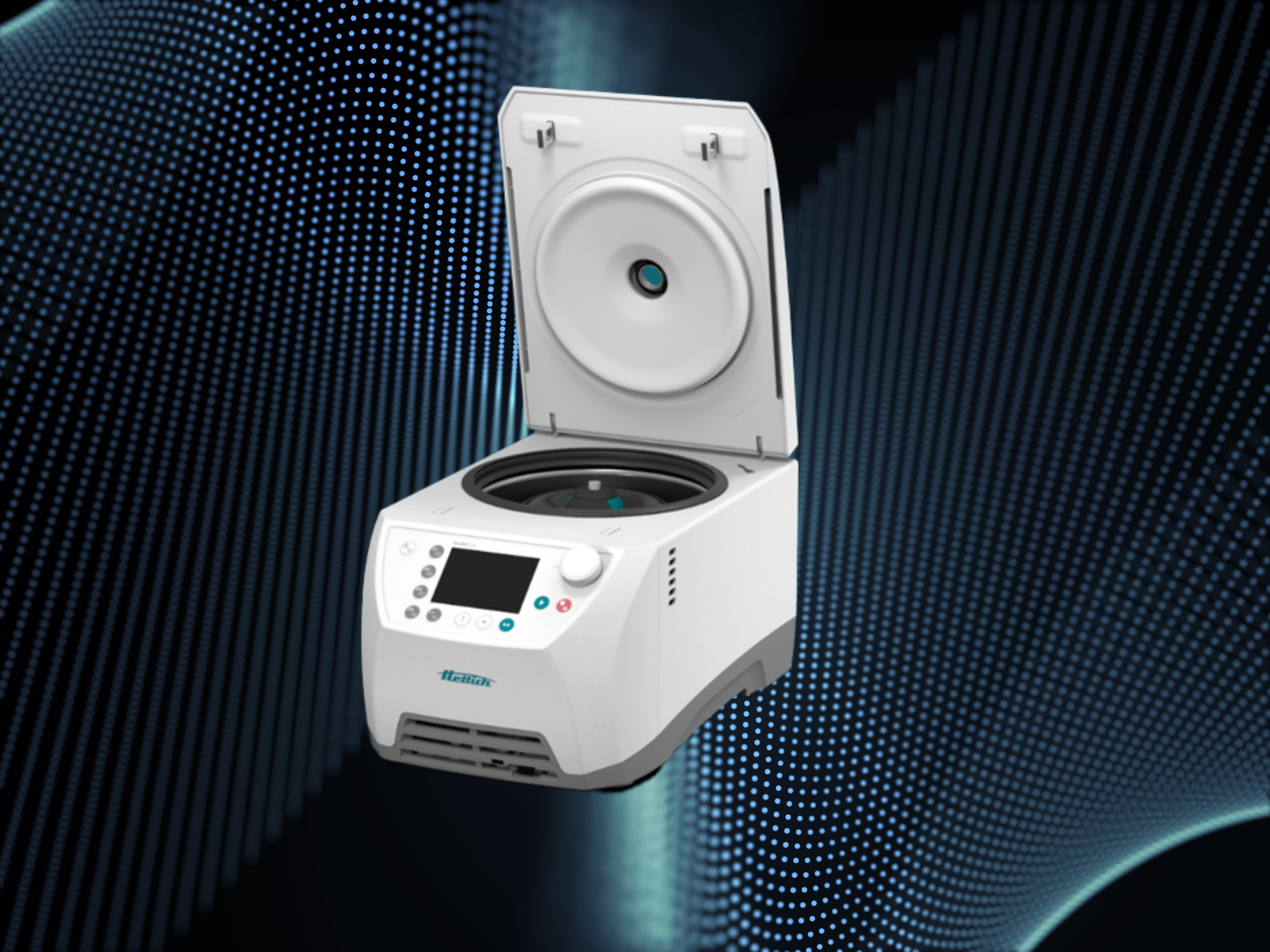When it comes to sterile packaging in laboratories, there’s little margin for error, so good heat sealer practice is essential. A poorly sealed pouch doesn’t just compromise sterility—it risks wasting valuable consumables, disrupts workflow, and can ultimately cost both time and money. While many lab teams focus on consumables and instruments, the humble heat sealer often goes unnoticed until something goes wrong.
To avoid those all-too-familiar frustrations—crooked seals, failed integrity tests, or premature equipment breakdown—it’s essential to adopt good sealing practices from the start. With insights from engineers at Henderson Biomedical and our partners at Hawo in Germany, we’ve put together a straightforward guide to help labs get it right every time.
1. Machine Setup & Inspection
- The machine manual is an additional valuable source of information, so please consider manufacturer’s guidance.
- Ensure the heat sealer is on a flat, stable surface and properly balanced.
- Allow adequate ventilation space around the machine.
- Rotate machines regularly, even standby units should be used periodically to prevent long-term issues.
- Perform a daily visual inspection to confirm the machine is powered, stable, and ready for operation.
2. Preparation Before Sealing
- Wait for the temperature to stabilise before starting.
- Typically, suitable sealing temperatures are qualified and documented for the specific Sterile Barrier System (SBS) in use.
- Set the correct temperature according to the pouch material.
- For sealers using an internal printer, check the ink ribbon/cartridge if printing appears faint.
- Perform daily routine monitoring on sealing results and document accordingly; testing systems include SealCheck and InkTest.
3. Pouch Handling
- Support heavy objects with a tray or conveyor system to prevent pulling or uneven sealing.
- Take your time when inserting a pouch.
- Allow for a sufficient margin above the seal (e.g., 20mm); adjust via lateral peel edge on the sealer if needed.
- Keep the pouch straight and flat, avoiding curled edges.
- Ensure instruments or tools are not pushed too far accidentally into the sealer.
- Inspect sealing results afterwards for quality properties.
4. Operation & Troubleshooting
- If the machine stops halfway and the pouch gets stuck, trigger a new pouch to resume.
- In case of blockage inside the machine, power off and use the manual release key to remove the obstruction.
- For further information, please contact your authorised Hawo service partner or the Henderson Service Hotline.
5. Quality Control
- Run a daily seal check to ensure proper sealing.
- Perform regular peel tests for each material to verify seal integrity.
- Conduct an ink test to confirm the seal has been properly applied.
- Especially gusseted pouches require testing by InkTest; SealCheck is not compatible with gusseted pouches.
- Ensure chosen sealing temperatures for the sterile barrier systems in use have been qualified and documented.
- Annual requalification is advised, e.g., to complement annual maintenance and calibration.
6. Maintenance
- Perform regular maintenance and calibration to keep the sealer at optimal performance.
- For further information, please contact your authorised Hawo service partner or the Henderson Service Hotline.
Why Good Heat Sealer Practice Matters
Good heat sealing isn’t just about ticking a compliance box—it’s about creating consistency, reducing waste, and ensuring the sterility that underpins safe lab operations. The smallest detail—a misaligned pouch, an unchecked ribbon, a skipped daily test—can make the difference between a reliable seal and a costly failure.
By embedding these practices into daily routines, laboratories not only protect the integrity of their consumables but also strengthen their sustainability goals and operational efficiency. If you’d like to discuss sealing systems, routine servicing, or staff training, our engineers are here to help. Just give us a call on 020 8663 4610 or contact us using our online form.
